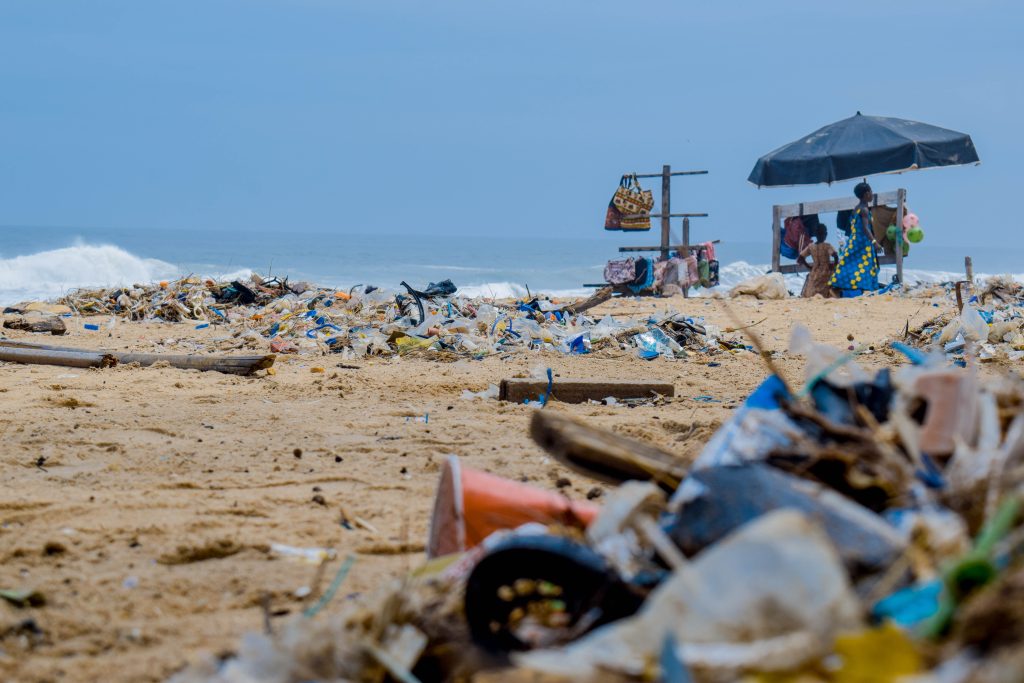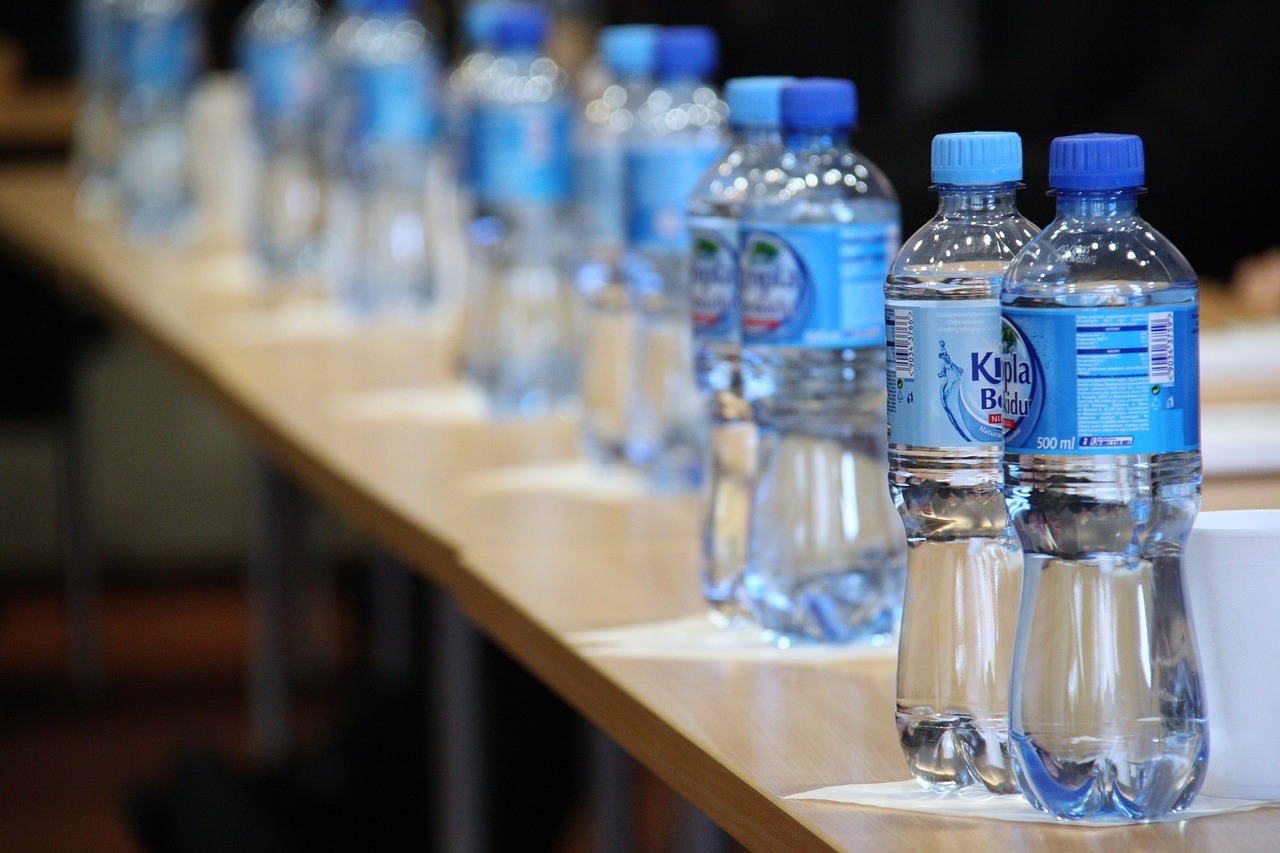Single-use plastics are a ubiquitous part of modern life. From water bottles to shopping bags, disposable plastic products are everywhere. Unfortunately, they also pose a significant threat to our environment, wildlife, and human health. In this article, we will explore the dangers of single-use plastics and provide practical tips on how you can reduce your consumption and protect the planet.
Table of Contents
ToggleThe Environmental Impact of Single-Use Plastics
Single-use plastics take hundreds of years to break down, and they can have a devastating impact on the environment. They often end up in our oceans, where they pose a threat to marine life, birds, and other wildlife. Ingestion of plastic debris has been linked to health problems in fish and sea turtles, and it is estimated that by 2050, there will be more plastic in the ocean than fish.
Not only do single-use plastics harm wildlife, but they also contribute to climate change. The production and transportation of plastic products releases greenhouse gases into the atmosphere, contributing to global warming. Additionally, plastic waste in landfills releases methane, a potent greenhouse gas, as it decomposes.
The Health Risks of Single-Use Plastics
Single-use plastics also pose a threat to human health. Many types of plastic contain toxic chemicals, such as bisphenol-A (BPA), that can leach into food and drinks. BPA is an endocrine disruptor that has been linked to a range of health problems, including infertility, cancer, and developmental disorders.
In addition to the health risks posed by toxic chemicals, plastic waste also attracts pathogens and pollutants, which can be harmful to human health. In areas with poor waste management systems, plastic waste can provide a breeding ground for disease-carrying pests such as mosquitoes and rodents.

How to Reduce Your Consumption of Single-Use Plastics
Reducing your consumption of single-use plastics is an important step in protecting the environment and your health. Here are some simple tips that can help you reduce your plastic use:
- Bring your own reusable shopping bags, water bottles, and coffee cups when you go out.
- Say no to plastic straws and utensils when dining out.
- Choose products made from natural, biodegradable materials, such as bamboo or stainless steel, instead of plastic.
- Avoid products packaged in single-use plastic, such as individual fruit containers and snack packets.
- Support companies that use eco-friendly packaging and have environmentally responsible practices.
By making small changes to your everyday habits, you can have a big impact on the environment and reduce your exposure to toxic chemicals in plastic.
The Importance of Recycling
Recycling is an important component of reducing the environmental impact of single-use plastics. When plastics are properly recycled, they can be used to make new products, conserving natural resources and reducing greenhouse gas emissions.
However, not all plastic is recyclable, and it is important to educate yourself on what can and cannot be recycled in your area. Plastic bags, for example, are often not accepted in curbside recycling programs and can clog up machinery at recycling facilities. The best way to dispose of these items is to return them to a grocery store for proper disposal.
Governments and Businesses Taking Action
Governments and businesses are beginning to take action to reduce the environmental impact of single-use plastics. Several countries have implemented plastic bag bans or fees, and companies are starting to adopt more environmentally responsible packaging and production practices.
However, there is still much work to be done. It is important for individuals, governments, and businesses to work together to create a more sustainable future. Governments can provide incentives for companies to adopt greener practices, while businesses can invest in research and development of alternative materials. Consumers can also play a role by choosing to support companies that prioritize the environment and by making conscious choices about the products they buy.
Conclusion
Single-use plastics pose a significant threat to the environment and human health. From plastic pollution in our oceans to toxic chemicals in our food, it is important that we take action to reduce our consumption of disposable plastic products. By making simple changes in our daily habits and supporting eco-friendly companies, we can help create a more sustainable future for ourselves and for the planet.
FAQs
- What are single-use plastics? Single-use plastics are disposable plastic products, such as water bottles and shopping bags, that are used only once before being thrown away.
- Why are single-use plastics harmful to the environment? Single-use plastics take hundreds of years to break down and can harm wildlife through ingestion or entanglement. They also contribute to climate change through the production and transportation of plastic products, as well as the release of greenhouse gases in landfills.
- How can I reduce my consumption of single-use plastics? You can reduce your consumption of single-use plastics by bringing reusable shopping bags, water bottles, and coffee cups, saying no to plastic straws and utensils, choosing products made from biodegradable materials, and avoiding products packaged in single-use plastic.
- Why is recycling important in reducing the impact of single-use plastics? Recycling is important in reducing the impact of single-use plastics because it conserves natural resources and reduces greenhouse gas emissions by allowing plastics to be used to make new products. Proper recycling also helps to keep plastic waste out of landfills and the environment.








1 thought on “The Dangers of Single-Use Plastics and How to Reduce Your Consumption”
Pingback: The Impact of Single-Use Plastics on Our Environment -